Today, 21 June 2022, marks the deadline for EU Member States to implement article 110 of the European Electronic Communications Code (EECC). This article requires public authorities to deploy public warning systems based on telecommunications networks. In practice, this means that everyone in Europe should now be able to be warned on their mobile phone if they are located in an area where a danger is developing (whether they are residents or visitors in that area). Two technologies ensure compliance with this legislation: cell broadcast and location-based SMS. This webpage presents the two technologies, as well as other possibilities to warn people.
Regrettably, a majority of Member States are still not ready to warn their population and can be considered as breaching with the EU law. This exposes them to sanctions, should the European Commission decide to launch infringement procedures but more importantly, not being able to send public warning alerts seriously puts at risk the safety of people. EENA calls on the authorities that are not complying with article 110 of the EECC to take all the necessary measures to implement modern public warning systems without delay.
If the legislation only mandates the deployment of a technology, it is necessary – in the light of the increasingly high risks our societies face – to move beyond the legal mandate and implement state-of-the-art public warning systems.
EENA is always ready to help any public authority aiming to improve the safety of citizens. Should you have any question about how to implement and use public warning systems in the best possible way, do not hesitate to contact Benoît Vivier, our Public Affairs Manager, [email protected].
You can also check one of the following resources:
- Webpage on Public Warning Systems: https://eena.org/our-work/eena-special-focus/public-warning/
- Webpage on EU legislation: https://eena.org/our-work/advocacy/
- EENA 2021 Conference session on “Implementing Public Warning Systems”: https://youtu.be/DSBg_Jf18As
- EENA 2022 Conference session on “Public Warning – moving beyond the technology mandate”: https://youtu.be/i-h-IWL-LxY
- Webinar on “Public Warning”: https://eena.org/knowledge-hub/webinars/public-warning/
- Blogpost “8 recommendations to get the most out of Public Warning Systems”: https://eena.org/blog/8-recommendations-to-get-the-most-out-of-public-warning-systems/
